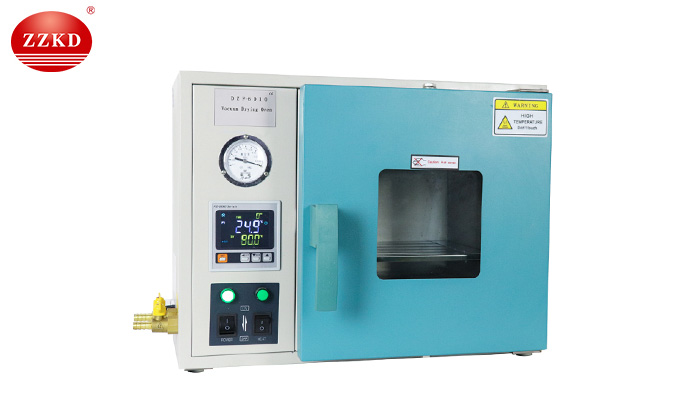
In the highly competitive electronics manufacturing sector, drying processes play a pivotal role in product integrity and production timelines. However, many enterprises struggle with inconsistent drying outcomes, energy inefficiencies, and the inability to meet stringent temperature control requirements. One mid-sized electronics manufacturer recently confronted these challenges head-on by integrating the DZF-6210 Large Vacuum Oven — a piece of equipment originally designed to serve both laboratory and industrial applications with versatility and precision.
Prior to the installation of the DZF-6210, the company faced frequent bottlenecks due to prolonged drying cycles, which often extended beyond the planned timeframes. The legacy drying equipment lacked precise temperature stability, fluctuating within ±5°C around the setpoint, which affected the quality of sensitive electronic components. Additionally, the drying chambers were limited in capacity, requiring multiple batch runs — a significant drain on both manpower and operational costs.
Moreover, the inability to maintain a controlled vacuum environment meant moisture wasn’t entirely removed from certain hygroscopic materials, leading to rework rates creeping up to 10%. Such inefficiencies compromised not only product yield but also delivery commitments to their global clients.
The DZF-6210 stands out as a high-capacity vacuum drying unit designed within the rotary evaporator equipment series, combining functionality suited for both experimental laboratories and industrial-scale operations. Its hallmark features include:
These features collectively address the critical pain points associated with conventional drying methods, making it a versatile solution suited for demanding environments.

Post-deployment, the electronics manufacturer documented significant enhancements:
| Performance Indicator | Before DZF-6210 | After DZF-6210 | Improvement (%) |
|---|---|---|---|
| Drying Cycle Time (hours) | 8 | 4.5 | 44% |
| Temperature Control Precision (°C) | ±5 | ±1 | 80% |
| Rework Rate (%) | 10 | 2.5 | 75% |
| Batch Size per Cycle (liters) | 120 | 210 | 75% |
Notably, halving the drying cycle time has not only accelerated throughput but also reduced energy consumption by approximately 35%, a finding supported by preliminary energy audits. The enhanced temperature stability ensures sensitive components are free from thermal stress, elevating overall product reliability.

Although this case focuses on an electronics manufacturer, the DZF-6210’s design caters to a wide range of sectors:
Indeed, global client feedback highlights the unit’s adaptability across diverse drying tasks—from delicate polymers to robust industrial materials—making it a preferred choice worldwide.

That said, adopting advanced vacuum drying technology like the DZF-6210 isn't a one-size-fits-all solution and should be evaluated based on your specific process parameters and production volumes. Yet, the clear benefits in balancing drying speed, quality, and energy efficiency position this equipment as a transformative asset for many.

